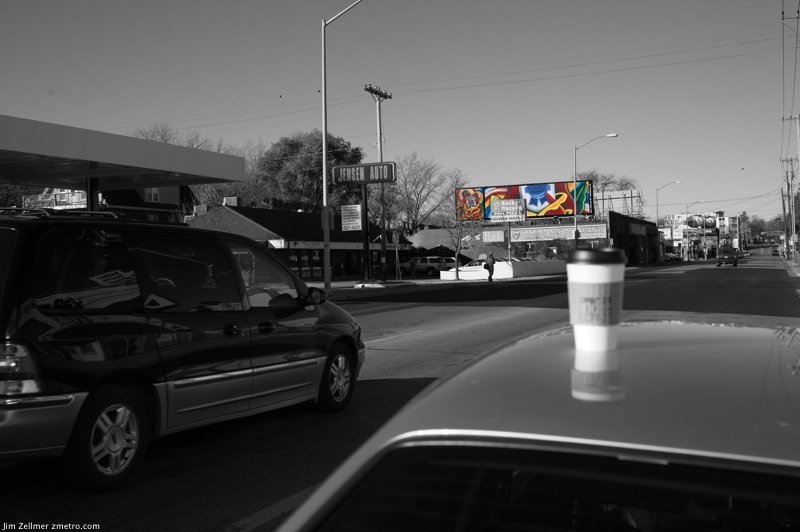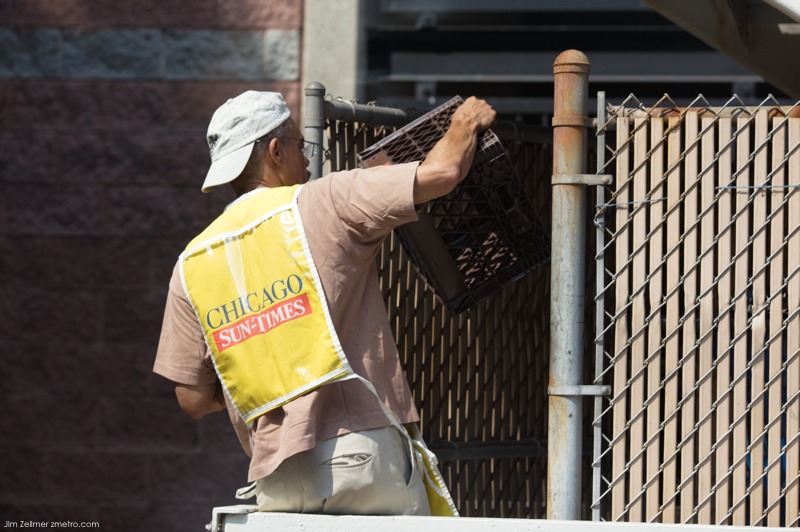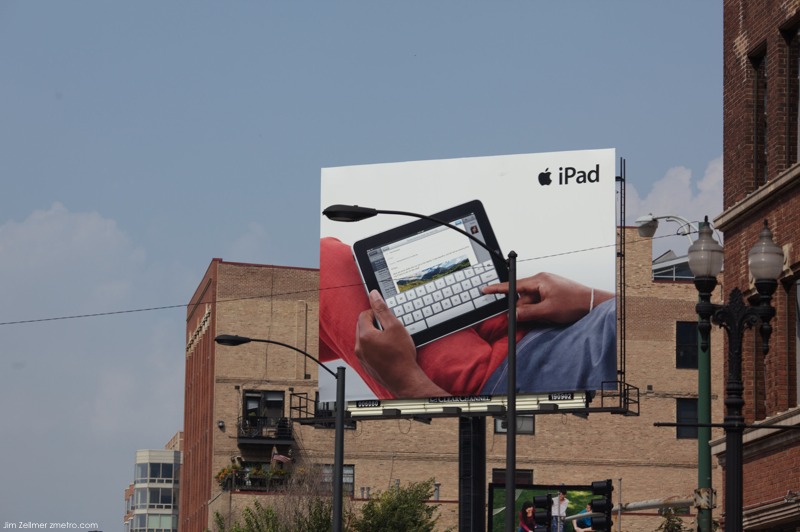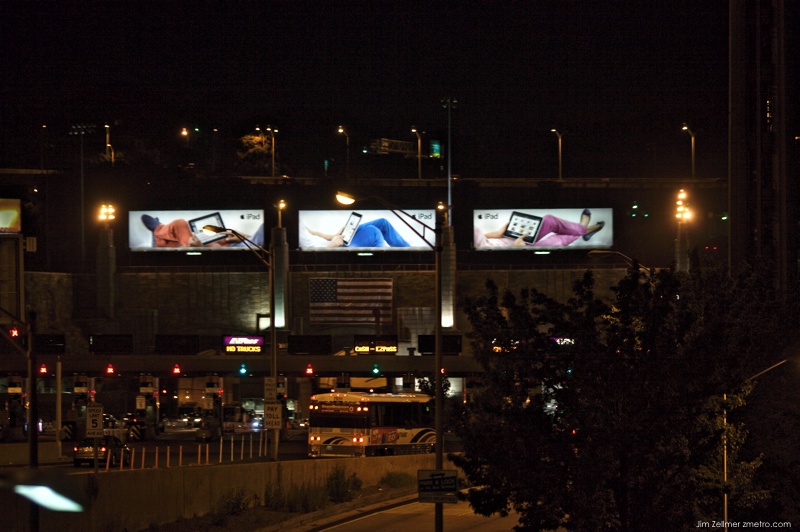We’ve often been asked why Incanto is not listed on OpenTable.com. For those of you not familiar with the service, OpenTable is the most successful online restaurant reservation portal on Earth; a place on the Web where diners can search for and make reservations at leading restaurants, via a browser or smartphone. Restaurants like Incanto that chose not to offer their seats through OpenTable find themselves in a shrinking minority.
Let me start by stating the obvious: the convenience and immediacy of booking a table online anytime day or night is beneficial to both diners and to restaurants. This was my belief nine years ago, when we first approached OpenTable to inquire about becoming one of its early customers. It’s also why we have found a way to offer Web-based reservations, through our own website, since we opened and why we’ve kept current and revisited OpenTable’s offerings each year, to re-visit our decision.
It’s possible, however, for convenience to come at too dear a price. I don’t mean that only as it relates to the short-term economic price, but also in the sense that sometimes, what may at first seem like a straightforward benefit can in fact require the sacrifice of something much more precious over the long run. That judgment has always been at the core of our concerns about OpenTable, which has to its credit done such a masterful job building its business that it now holds the dominant position here in the U.S. among providers of online reservation services, with a market share estimated at greater than 90%. Whether or not your restaurant is an OpenTable customer, it’s impossible not to feel its impact.
Category: Advertising
The Interesting Marketing Phenomena of Pabst Blue Ribbon Beer Manifested by a Billboard on Regent Street

The resurgence of interest in Pabst Blue Ribbon beer is somewhat astonishing. Left for dead in the 1980’s, Pabst has been resurrected with clever marketing, as illustrated by this billboard on Madison’s Regent Street. It appears to be an “impressionistic” approach to their identity. Much more on Pabst here (Blekko). Note that I have no idea if the beer is actually any good……
Finally, while attending a few recent events, I noticed that “tall 16oz” cans of beer are making a comeback. As always everything old is new again.
A Conversation with Jay Rosen on “The Problem With News Media in America Today”
What is the biggest problem with the news media in America today?
Mr Rosen: The cost of changing settled routines seems too high, but the cost of not changing is, in the long term, even higher. A good example is the predicament of the newspaper press: the print edition provides most of the revenues, but it cannot provide a future. I know of no evidence to show that young people are picking up the print habit. So if the cost of abandoning print is too high, the cost of sticking with it may be even higher, though slower to reveal itself. That’s a problem.
Another example is the decline of trust. In the mid-1970s over 70% of Americans told Gallup they had a great deal or fair amount of confidence in the press. Today: 47%. Clearly, something isn’t working. But revisions to the code of conduct that has led to this decline would be seen by most journalists as increasing the risk of mistrust. I’ve tried to argue that the View from Nowhere—also called objectivity—should be replaced by “here’s where we’re coming from.” That strikes most people in the American press as dangerous and unworkable. But the current course is unsustainable: trust continues to decline, with a big acceleration after 2003. When I mention this to journalists, they say: “Trust in all big institutions has declined, Jay.” Which is true (except for the military). But is that really an answer? You’re supposed to be the watchdogs over dubious actors. Why aren’t you an exception?
I could go on, but I think you see the pattern. Change is too expensive; the status quo is unsustainable.
Changing Times, From this…..

to this….
Holland Tunnel

An Interview with Ted Turner on the Changing Role of the Media
Chrystia Freeland – video.
WSJ DOWN, NYT UP, FT WINS
Mark:
Which brings up an interesting, and not trivial question: why is the U.S. , home of no anti-trust enforcement during the last eight years, home of raw capitalism, supposed home of competition, about to be without a single decent source of unbiased news? And why is Britain, socialist leader among English-speaking peoples, suddenly the Keeper of the Realm when it comes to objective news reporting? Who wouldn’t take the BBC over the U.S.’ National Public Radio? Who wouldn’t take the Financial Times over the WSJ? Or the Guardian over the NYT?
The British have not lost the ability to be “fair and balanced,” the self-mocking theme of Fox TV, although Rupert has certainly taken out a lot of the competition.
Why is it, for instance, that the best programs on U.S. politics, the Kennedy assassination, global warming, and even Israel – South African nuclear cooperation, have all come out of Britain? Why can they tell our news stories better than we can? Mostly, I think, they are just neutral. There is something strong in the British psyche that still believes in telling the truth, that still sees the news as news, and not as advertising conveyor belt. The U.S. has totally lost this view, with the exceptions noted above, and in some small papers, although many of those have gone their own sad, ad-driven route.
Indeed, in a time when owners are pointing to a lack of ads to support their product, I think they are missing the whole point: they are losing subscribers, and the ads are following.
Today, I read the FT religiously, the NYT increasingly, and the WSJ almost not at all. I’m not alone; several friends have recently canceled their WSJ subscriptions, so fed up are they with Murdoch’s machinations. I don’t see how the WSJ can survive, being a Murdoch bauble, even if he sees it as the crown jewel. What he thinks doeesn’t matter, or worse, matteres and is morally wrong, as advertisers on Fox have proven lately by dropping the Beck show like a stone.
The Financial Times is an excellent read (their iPhone app is better than either the Wall Street Journal’s or the NY Times). I think the Wall Street Journal and New York Times have interesting articles from time to time. Kudos to the Financial Times for sticking to their knitting, as it were.
A New News Media Emerges for Our New World
Summary: One indicator of the massive changes sweeping America is the destruction of longtime solid business models. This post discussed colleges; today we look at the news media. Tons of ink have been spilled on this, but IMO ignoring some likely outcomes.
The major news media are on a treadmill. Loss of credibility shrinks their audience, hence less revenue, hence reduced funding. Which reduces the quality of their product, hence even less audience. Worse is the loss of advertisers to new media (e.g., Craigslist and Google), which means less revenue, less funding for news collection, and smaller audiences.
This posts speculates about the future, what new models might emerge from this turmoil. Here are some guesses.
Washington Post Sells Access to Lobbyists
For $25,000 to $250,000, The Washington Post is offering lobbyists and association executives off-the-record, nonconfrontational access to “those powerful few” — Obama administration officials, members of Congress, and the paper’s own reporters and editors.
The astonishing offer is detailed in a flier circulated Wednesday to a health care lobbyist, who provided it to a reporter because the lobbyist said he feels it’s a conflict for the paper to charge for access to, as the flier says, its “health care reporting and editorial staff.”
The offer — which essentially turns a news organization into a facilitator for private lobbyist-official encounters — is a new sign of the lengths to which news organizations will go to find revenue at a time when most newspapers are struggling for survival.
And it’s a turn of the times that a lobbyist is scolding The Washington Post for its ethical practices.
“Underwriting Opportunity: An evening with the right people can alter the debate,” says the one-page flier. “Underwrite and participate in this intimate and exclusive Washington Post Salon, an off-the-record dinner and discussion at the home of CEO and Publisher Katharine Weymouth. … Bring your organization’s CEO or executive director literally to the table. Interact with key Obama administration and congressional leaders …
“Spirited? Yes. Confrontational? No. The relaxed setting in the home of Katharine Weymouth assures it. What is guaranteed is a collegial evening, with Obama administration officials, Congress members, business leaders, advocacy leaders and other select minds typically on the guest list of 20 or less. …
Read more: http://www.politico.com/news/stories/0709/24441.html#ixzz0K6yNKyHp&C
Related: Helen Thomas.
Obama Speech TV Audience Lags Clinton (1993) and Bush (2001)
For his maiden congressional address, Obama cleaned President Bush’s clock in terms of TV viewers willing to watch him speak to a bunch of stuffed congressional suits in the House chamber. Which isn’t saying much. But it is something for a new president to cling to, especially when you’re otherwise up against the sleuths of “NCIS.”
Obama got 52.4 million viewers last night (rounded off for those visiting the bathroom) in 37.2 million homes for a 49 share and 32.5 rating. In his last joint address in 2008 GWB got 37.5 million in 27.7 million homes for a 38 share and 24.7 rating. Bush did top Obama in 2003 with 62 million and a 56 share and we didn’t even have the Iraq reality show going then. (But it was coming.)
Bush’s first joint session appearance drew nearly 39.8 million and a 42 share.
However, Obama still lags the audience-drawing power of one President Bill Clinton. Sixteen years ago this week, when there were millions fewer Americans, Big Bill drew nearly 15 million more viewers — 66.9 million for his first congressional speech in 44.2 million homes for a 44.3 rating.